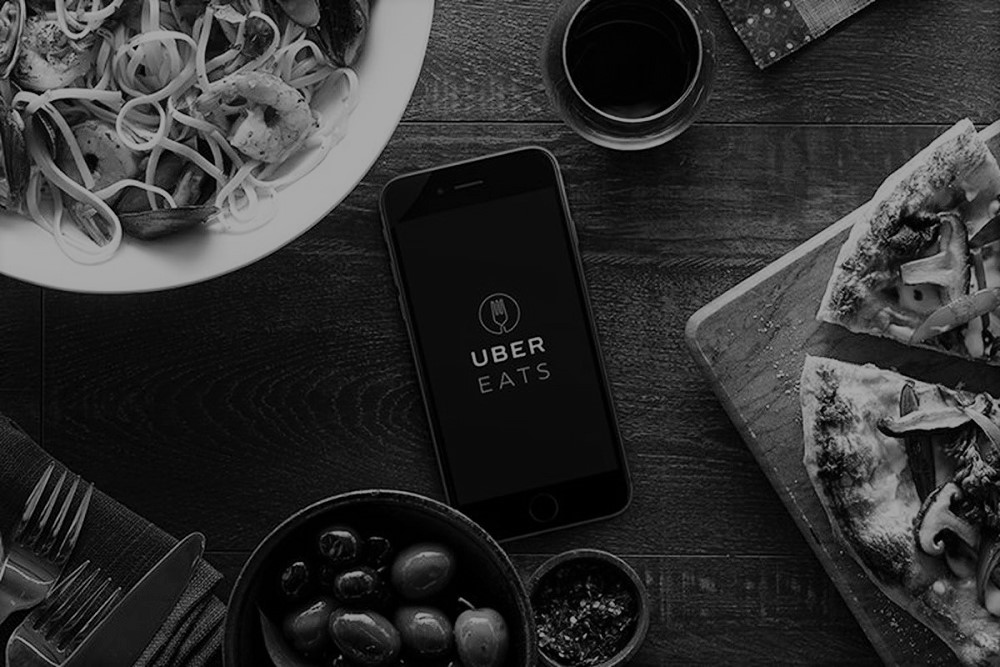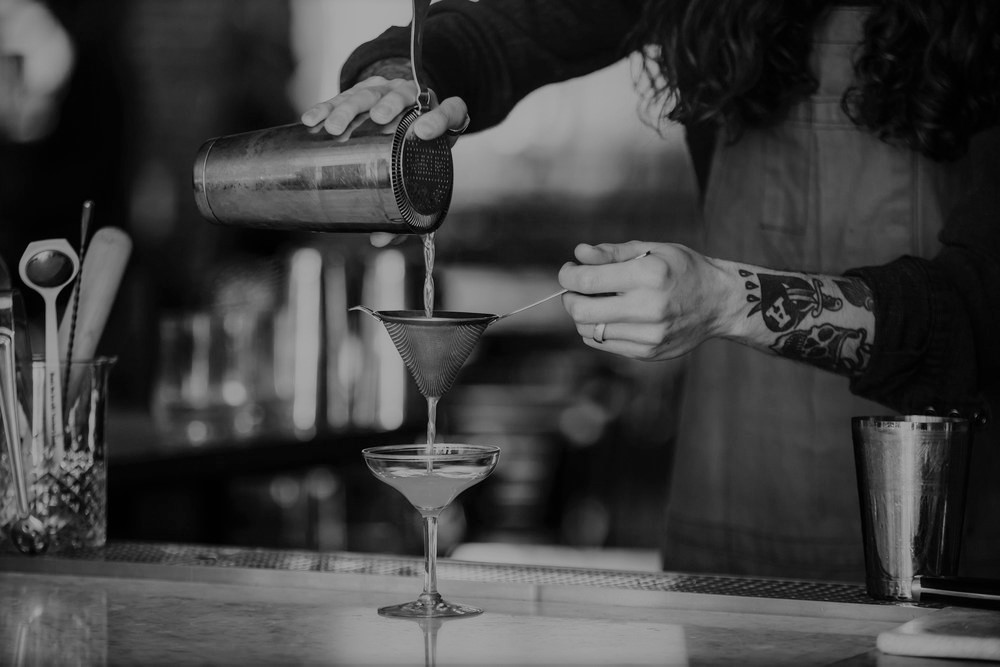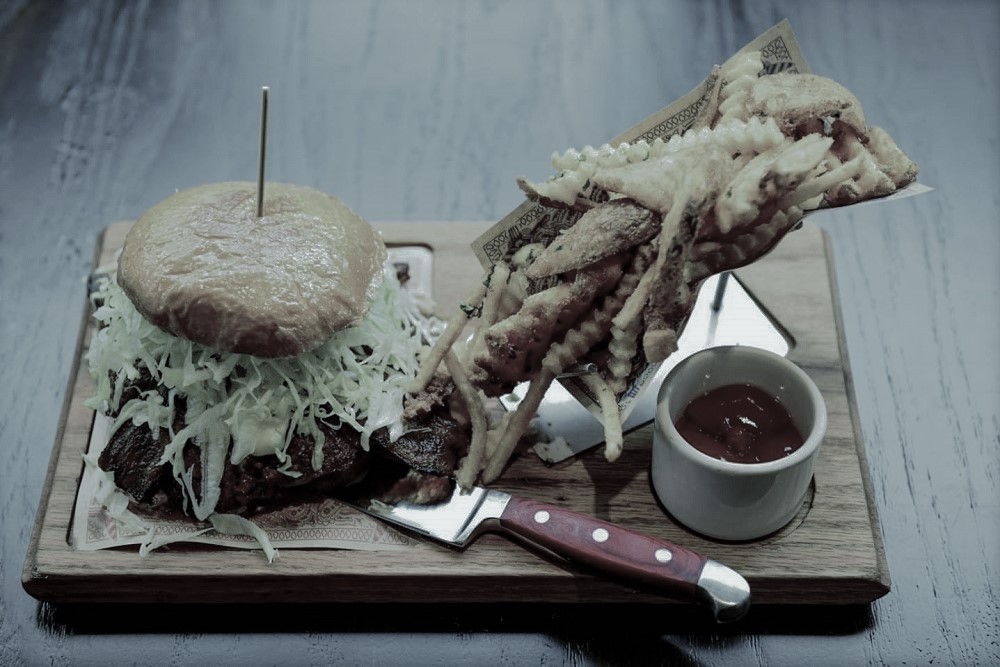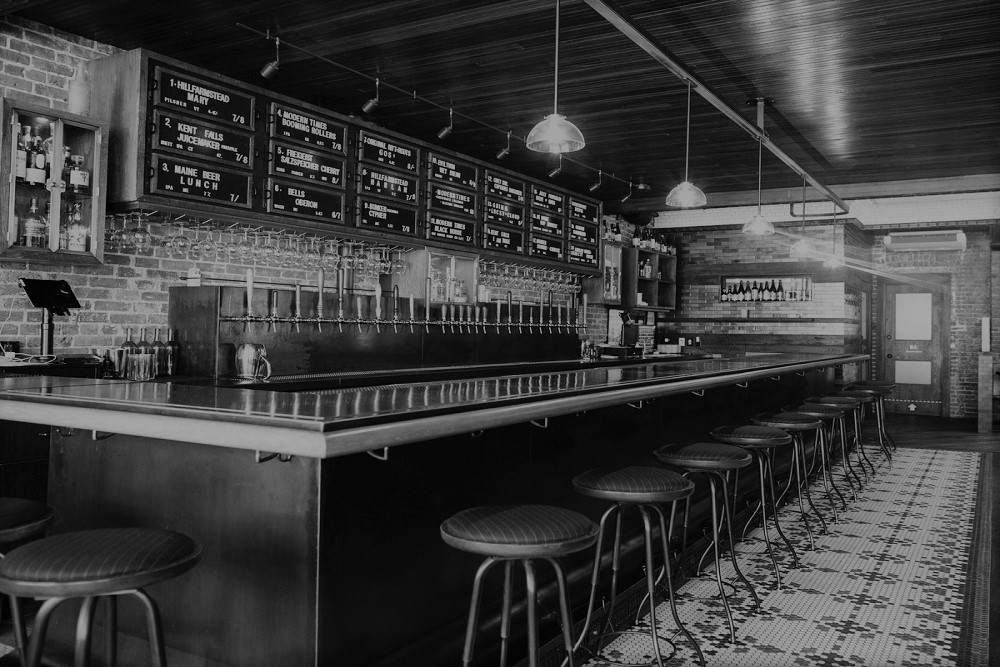Developing an Epic Patio Program
By Doug Radkey – Summer 2018
Patio. Season. Two words nearly every Canadian seems to enjoy and two words nearly everyone looks forward to after a long cold winter, including that of local restaurant & bar owners.
If your property is lucky enough to have this additional space and seating, it’s critical to take advantage of this revenue generating opportunity.
But can having a patio be looked at as a double-edged sword? While it opens up more seats and potential revenue (during a time when many restaurateurs are seeking smaller foot prints), can a patio also cause labour, logistics, and other operational challenges?
The quick answer is absolutely!
With something as complex as a successful patio season however, there needs to be an action plan, first and foremost to combat those challenges. This is a plan that is developed prior to the nice weather arriving and a plan that is well organized with strategic goals and a series of risk assessments.
To execute a flawless patio program, it’s important to start planning as early as possible, preferably 2-3 months prior to the start of the warmer weather. Developing a program around your patio this early will allow your restaurant or bar to determine cash-flow needs, staffing requirements, inventory levels, marketing requirements, and any additional training requirements to ensure a smooth operating season.
As with any seasonal, strategic, or marketing related program, it’s crucial to use a SMART mindset towards your planning; one that is Specific, Measurable, Attainable, Realistic, and Timely.
Furthermore, the development of an action plan is a fantastic opportunity to utilize your staff to help brainstorm menu items, themes, and other special events to ensure your venue and patio becomes the desired destination that it deserves to be!
So how can owners, operators, and managers take advantage of this opportunity and maximize on its potential while limiting day-to-day challenges?
An epic patio program will highlight the following critical segments.
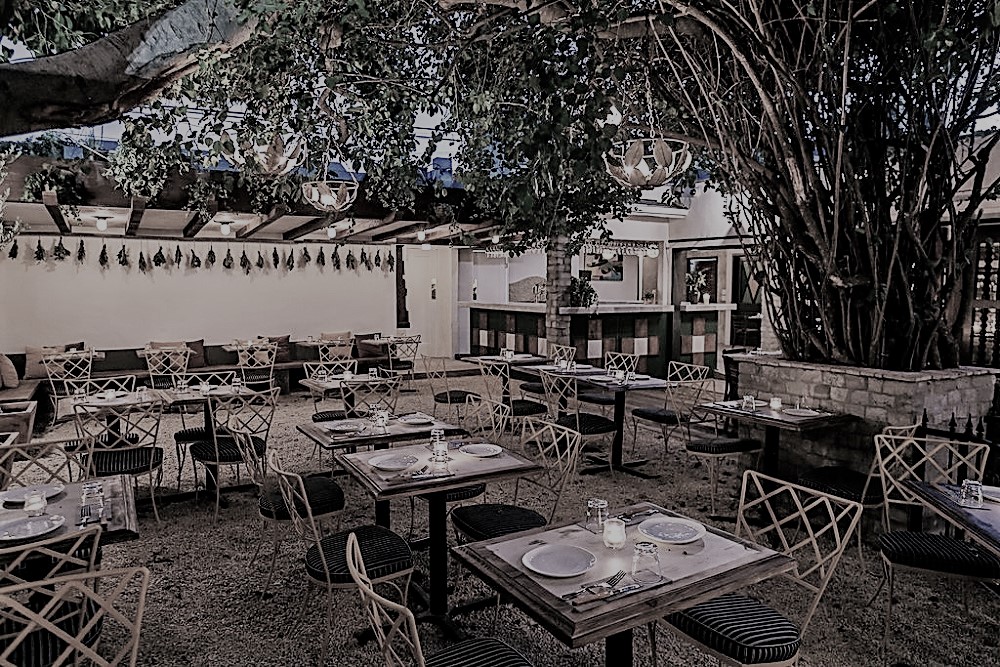
Labour Management
Let’s start with the biggest elephant in the room. Depending on the size of restaurant and patio, additional staff may be needed to handle the extra covers that are sitting outside.
The first question you need to honestly and realistically answer is, will your traffic increase or will it be merely the same traffic, just sitting outside versus inside?
In summary, will you be putting in the continuous efforts to increase traffic?
This is where planning ahead really comes into play. This is where strategic goals, historic data, an the understanding of your target market & hyper-local competition, and where knowing if your intended marketing plan will position you to have either a distressed or profitable patio program.
With an hourly breakdown of foot traffic (historic and potential) and an understanding of your day-parts, you can begin to determine your staff requirements.
To be fair to yourself, your team, your new hires, and your guests, you need to ensure you leave yourself enough time for interviewing, talent selection, on-boarding, and training before the peak of patio season truly hits.
Culture Reset
As you’re reading this, you may be saying phrases such as ‘good luck finding more staff’ or ‘I can’t even keep the staff I have now, how am I going to staff an increase in traffic this summer”?
Fair statements if you lack the elements of culture. I think we’ve all heard by now that there is a “shortage of qualified hospitality staff”. If you’re experiencing this first hand and had those phrases or ones similar go through your mind – it may be time to hit the reset button on the culture within your venue.
An entire article could be written on this subject alone, but in summary – let’s just put a stop to the excuses right now. You can overcome these challenges with the right mindset towards culture and towards providing an emphasis on your core values, team experiences, a positive work environment, employee engagement, hiring practices, and providing above average pay scales.
It can be that easy – or that hard. It depends on you and your leadership team. The way out of this ‘shortage’ starts with you and your brand.
Labour Systems
Getting back to the fundamentals of a winning patio program, both ‘front-of-house’ and ‘back-of-house’ systems and teams need to be reviewed to ensure your operations are prepared. Customer service and speed in the kitchen (and bar) should not be hindered by the fact additional seating is now offered.
Plan ahead, create mock schedules, and see where there may be gaps to ensure the high standards of service inside is going to be matched with high standards of service outside.
How will this affect your labour costs? Are you going to be able to control this additional cost versus the potential revenue opportunity? What happens if the weather doesn’t cooperate one day and you’re over staffed? What is your contingency plan?
Restaurants today have the ability to cross-train and create more of a ‘one-house’ approach versus one with varied departments which positions a concept to maximize their personnel while hiring based on values versus experience.
This mindset towards actual ‘labour systems’ will ensure not only staffing your patio becomes ‘easier’, but staffing your restaurant throughout the entire year becomes much less of a ‘headache’ – something most will agree is the biggest year-over-year challenge within the industry.
Seating and Tables
To effectively control your labour, you need to equally review your seating arrangement and overall patio capacity.
Outside of making it enticing, inviting, and clean with new patio furniture, there are numerous ways you can step up your patio game. There should be more to it than just wiping down the tables, setting up the chairs, and sweeping the ground of the past winter.
Similar to that of seating strategies inside your venue, ideally you want to have a strategic setup of tables and chairs outside. Consider a restaurant revenue management (RRM) approach, which can be defined simply as selling the right seat to the right customer at the right price and for the right duration of time. A strategic setup includes understanding your target market, their ideal length of stay, and average party size in addition to overall space for comfort and traffic flow for both guests and staff.
Again, this additional seating must also align with production levels in the kitchen and bar. What would happen if you were at full capacity, both inside and outside? Have a plan in place and analyze your revenue per available seat-hour (RevPASH) to maximize each moment throughout the day.
You also want to analyze the steps taken for staff from the pass and/or bar to the patio section. Many patios are designed in a way that it is a distant walk for staff. How many steps does each staff member take to serve a guest? What is the cost of this distance over the course of a day, a week, or a season?
Are there ways to reduce this burden on your labour? The answer may be hiding in the way your patio is setup for a successful season.
Patio Driven Menus
The answer to efficient labour and revenue management as it relates to your patio program – may just lie within your menu. If you have the space, consider taking the grill outside (or any equipment you can) to launch an exciting new outdoor experience. This will push your restaurant to create unique outdoor menus, redefine your guest experience and stay a step ahead of your competition.
This will not only improve on the guest experience, but reduce wear & tear on your staff – improving ticket times, walking distance, and staff morale.
Take the Production Outside
Equipment today is extremely versatile. You can now put together mobile kitchens & bars that are cost effective and perfect for the patio – especially in a climate that sees a variety of weather patterns. With minimal square feet and utility requirements, you can now grill, fry, and/or bake a targeted food menu right on the patio.
The fun doesn’t stop there, mobile bars can ensure the drinks continue to flow on the patio and that the cocktail shaking is both seen and heard, keeping the energy level high every day of the season.
Work towards elevating your guests visual, auditory, olfactory (smell), and gustatory (taste) senses right on the patio.
Creative Menus
Don’t be discouraged if you don’t have the space for any bar or kitchen equipment outside. Create a seasonal menu that’s inspired by an outdoor patio, anyway.
Develop a menu plan with your entire bar and culinary team with your venues target market and concept kept close in mind (and reward them for that creativity).
As always, keep this specialized menu small and inviting to reduce inventory, prep time, waste and any other staff requirements. Be creative this year and start thinking outside the box.
Support Local
Your guests today are likely looking for new flavours and innovation, as well as creative summer-like takes on traditional menu items. There is no better way to stay ahead of this need than by utilizing and building stronger relationships with your local farmers market. Provide your team with the means to develop unique, limited-time offers with not only seasonal produce, but a variety of barbecue-related flavours.
Innovation shouldn’t stop with just the food; beverages need to be included into the mix, too. (It is hot out, after all). The “garden-to-glass” trend continues to grow and new, refreshing spirits are becoming readily available to develop flavourful drinks with unique vessels and memorable presentations.
Lastly, beer and cocktails with low-levels of alcohol should also be featured, plus creative mocktails and house-made spritzers should highlight one’s patio menu.
Temperature Control
Unfortunately, we can’t dictate the weather. Throughout the patio months you’re going to see rain, wind, storms and even days where it may feel ‘too hot’, or evenings where it may feel ‘too cool’ to be out on a patio.
Restaurants and bars should consider these weather elements by offering more than just an umbrella or patio heaters. Look for other solutions to shade your patio, block wind and prevent heavy rain from ruining a potentially profitable day or night on the patio.
These investments will pay off by continuing the positive cash flow even when mother-nature tries to disappoint you.
Pest Control
Now that you have your labour, revenue, production, menu, and weather patterns considered, take the time to meet with your pest control vendor and discuss your plans for outside.
They can suggest safe bug repellents and means of keeping away other animals and critters like mice, squirrels, and even birds.
Sanitation is a critical component in any restaurant and the patio cannot be overlooked. Put a preventative action plan in place to deter any bugs or animals from potentially ruining a guest’s experience.
Noise Control
With outdoor seating, you’ll likely encounter noise issues that start beyond the boundaries of your patio, including vehicle traffic, construction and other neighbourhood noises.
To reduce this burden, consider noise reduction strategies such as walls, bushes or even your own sound strategy, like a catchy playlist through your sound engineering plan.
Music (whether live or through a playlist) can deliver the right, on-brand ambiance and attract your target demographic while increasing overall profits and drowning out other noise on the patio. No matter the concept, guests enjoy their food, drink, and company more when music is playing, which ultimately makes them stay longer and, of course, spend more of their hard earned dollars on your patio.
Driving Energy Levels
The warm weather typically attracts tourism and gets locals looking to re-explore their outside surroundings. The restaurants or bars that provide the right mix of marketing (online and offline) paired with energy are the ones that will attract a consistent level of guests throughout the patio season.
Look for ways to utilize live music, themed parties, and interactive games (inside or outside) on a daily or weekly basis throughout the patio months.
A fully pre-planned calendar of events will drive high level of positive energy while creating awareness, excitement and anticipation while developing repeat business opportunities.
Marketing Plan
Now it’s time to tie all of this together. Remember, if you build it they will not come.
An epic patio season could be destroyed if it’s not coupled with an epic marketing campaign.
It is vital to inform your guests of your patio and the plans you have for it throughout the season. Each week and month throughout the season should be properly planned for to ensure the said energy level, never cools down.
Create Buzz
To maximize your patio program or event’s reach, it’s best to use a three-tiered approach to creating buzz. Have a plan in place to promote your seasonal events including patio launch party, menu launch parties, live music, comedy night on the patio, and the many others you and your team come up with.
You’ll need to create buzz not only prior to the event, but during the event and also after the event.
Give guests (and potential guests) a means to engage with your brand. You’re also giving an opportunity for others to see what they may have missed out on, also known as FOMO (the fear of missing out) making them intrigued to not miss your next scheduled event!
Story-Telling
Venues must now make their story meaningful, personal, emotional, simple, and authentic. This story-telling should flow to your patio program as well.
Despite the word “story,” it isn’t even confined to the written word. Colours, decor, vendors, staff members, plating, and glassware — even the simplest visual segments within your brand and patio ‘messaging’ — can paint a picture worth a thousand words.
Within your marketing plan, ensure you’re capitalizing on this through all of your resources and media channels, including the use of social media.
Using Video
Story-telling and video elements are really required for any time of the year, but to promote your patio, your events, your limited-time offers and summer drink menu for example, there is no better way to amplify the message than through video.
Use this opportunity to showcase service staff planning an event, cooks building that signature summer burger, or bartenders pouring that refreshing beverage.
Hint; this will also improve your culture!
Remember, with today’s smart phones, you no longer need to break-the-bank on video production!
Tap Social Circles
A successful patio program also relies heavily on the opportunity to reach out to sporting teams, bike clubs, and other outdoor enthusiasts. Can your venue host after-parties? Can your venue host a social-media-only party or tasting event?
Don’t be afraid to reach out and partner with other local businesses and organizations. Every campaign should have a social media and/or community-driven strategy behind it.
Three Visits
Each seasonal program and its associated campaigns should have the goal of guests returning at least three times. Understanding your target market, is it realistic to see a guest return three times per week, three time per month, or once per month over the course of your patio season?
Once you truly understand their lifestyle and spending habits, you can develop events and campaigns to drive patio drive loyalty and a personalized experience.
Quality Designs
When a venue gives itself the opportune time to plan, a sense of higher quality often comes with it.
Budget for and take the time to create high-quality designs for posters, ads, video and social media posts. This will speak volumes to potential guests while providing a perception of value to not only your new patio menus, but also your events and overall venue.
The patio season provides an opportunity to think outside the box, but don’t go overboard with menu changes and special events. Know your target market, know your concept, and know your financial budgets.
Develop a program that is simple but memorable, profitable, and effective, and without placing additional stress on your kitchen, bar, or service staff.
In summary, concentrate your patio program on presentation, energy levels, story-telling, and developing a personalized guest experience. Doing so will develop a sense of community and culture, setting your venue up for success, even as the weather (and often sales) begin to cool down come the next fall and winter season.

